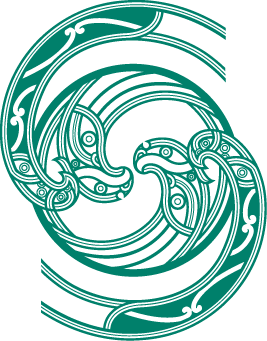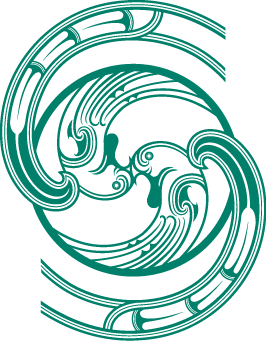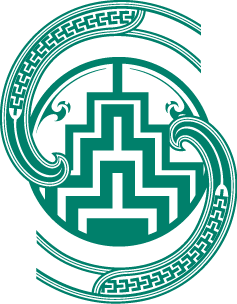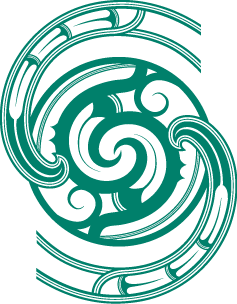Theme 01
Whanaungatanga
Relationships is the first theme in our relational framework.
Blue Spring along Te Waihoa Walkway in Hamilton, Waikato
Whanaungatanga refers to kinship between all people and things – their connections through lines of whakapapa, and their interdependence with each other. Whanaungatanga binds people and te taiao in relationships of reciprocal obligation and mutual benefit. Just as land, water, air, flora and fauna sustain humanity, so we sustain them for now and for future generations.
For environmental governance, this means that the interdependence of people and te taiao is placed at the centre of decision-making; that environmental governance is not focused on short-term transactions but on building healthy long-term relationships among people and te taiao; that kaitiaki relationships are fully expressed; and that barriers to collective human and environmental well-being are removed.
We have guided our action plan with four key themes
OUR RELATIONAL FRAMEWORK
Theme 01

Whanaungatanga – Relationships
Whanaungatanga refers to kinship between all people and things – their connections through lines of whakapapa, and their interdependence with each other.
Theme 02

Utu – Balance and Reciprocity
Utu acknowledges the reciprocal nature of all relationships, and the obligation to sustain them in appropriate balance.
Theme 03

Mātauranga – knowledge and ways of seeing
Mātauranga refers to knowledge and understanding – to a way of seeing the world through a lens of kinship, of recognising the reciprocal responsibilities that arise from human-environment relationships.
Theme 04

Mana and Rangatiratanga – authority with care
Mana refers to authority, handed down through generations, to take action in the world.